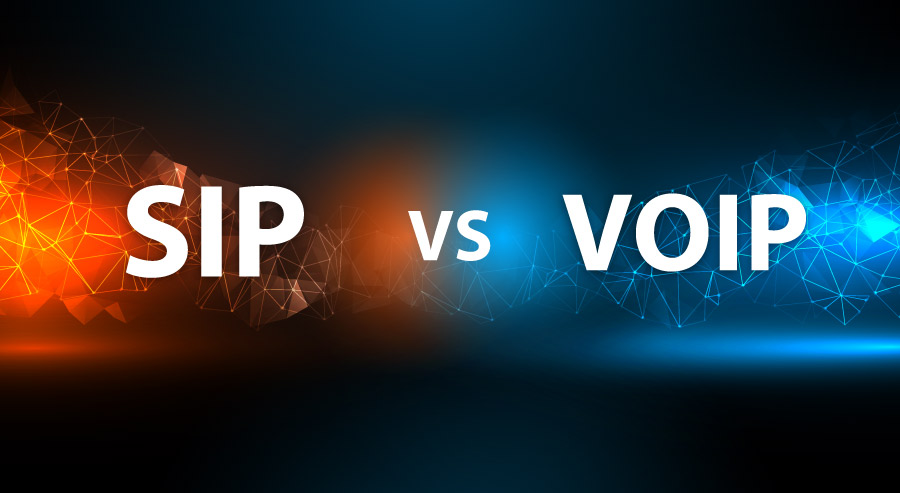Tech
Unraveling the Mystery: VOIP vs. SIP

Voice Over Internet Protocol (VOIP) and Session Initiation Protocol (SIP) are two technologies that have revolutionized communication in the digital age. While both are commonly used for making voice calls online, they serve different purposes and have distinct functionalities.
The Key Differences
One main distinction when considering VOIP vs SIP is their functionality. While VOIP is the technology that enables voice calls over the Internet, SIP is the protocol that initiates and manages these calls. Think of VOIP as the telephone line and SIP as the dialing mechanism that connects you to the other party.
Another crucial distinction is scalability. VOIP is a broader term encompassing various technologies for transmitting voice over the Internet, whereas SIP is a specific protocol for signaling. SIP can work with other protocols to enable additional functionalities such as video conferencing and instant messaging.
Decoding VOIP
VOIP technology allows users to make voice calls using an internet connection instead of traditional phone lines. It converts analog voice signals into digital data packets and then transmits them over the Internet to the recipient. Businesses and individuals widely use VOIP for its cost-effectiveness and flexibility.
Unveiling SIP
On the other hand, SIP is a signaling protocol used for initiating, maintaining, and terminating communication sessions in an IP network. It is the backbone of many VOIP systems, enabling devices to establish and manage voice or video calls over the Internet. SIP allows for seamless communication between different devices and networks.
Convenience
SIP is a protocol that starts, manages, and terminates multimedia sessions in VoIP applications that support voice, video, fax, and messaging. SIP uses data packets to communicate with endpoints, including hardphones, softphones, and other devices like gate and elevator intercoms.
Sophisticated UCaaS (Unified Communications as a Service) platforms that use SIP trunking can integrate seamlessly with collaboration tools, making it easier for users to work together. A SIP solution also requires less hardware than traditional landline PRIs, which can save space and money for your business.
Hosted VoIP systems are designed to operate remotely, so your employees can work on the go and stay productive from wherever they are. In fact, according to The State of Remote Work Productivity Report, 65% of full-time employees believe that working remotely will bolster their productivity.
The Essence
In essence, VOIP and SIP are complementary technologies that work together to enable seamless communication over the Internet. While VOIP provides the means to transmit voice data, SIP ensures that the communication sessions are established and maintained efficiently. Understanding the differences between VOIP and SIP can help businesses and individuals make informed decisions when choosing communication solutions in the digital era.
VOIP and SIP play vital roles in modern communication systems, offering cost-effective and flexible solutions for voice calls over the Internet. By unraveling the mystery behind these technologies, we can appreciate their unique functions and how they work together to keep us connected in today’s digital world.
